Home>Dining>Tableware>How To Determine The Authenticity Of Sterling Silver Place Settings
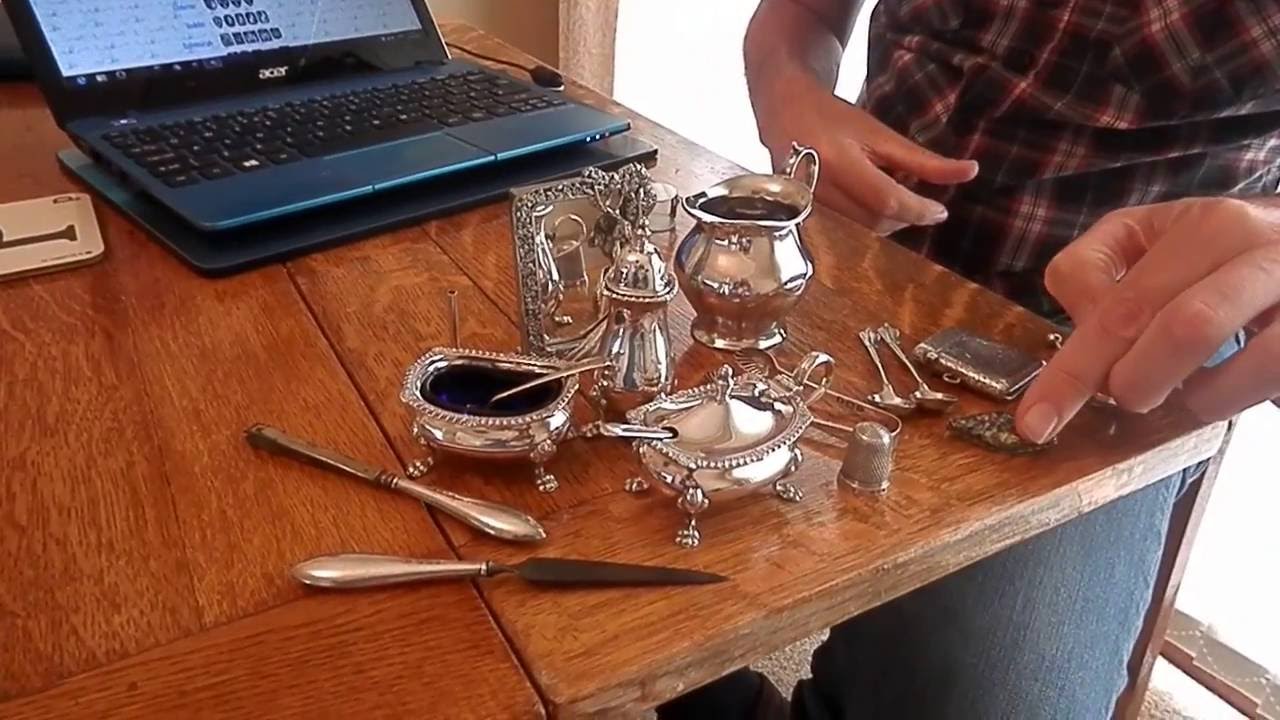

Tableware
How To Determine The Authenticity Of Sterling Silver Place Settings
Modified: January 4, 2024
Discover easy ways to identify genuine sterling silver tableware. Learn the key characteristics and markings to determine the authenticity of your silver place settings.
(Many of the links in this article redirect to a specific reviewed product. Your purchase of these products through affiliate links helps to generate commission for Storables.com, at no extra cost. Learn more)
Introduction
Sterling silver place settings are not only beautiful tableware items but also valuable investments. However, with the rise of counterfeit products in the market, it is essential to know how to distinguish genuine sterling silver from imitations. In this article, we will discuss various methods and techniques to help you determine the authenticity of sterling silver place settings.
Sterling silver is a popular choice for tableware due to its elegance, durability, and timeless appeal. It is composed of 92.5% pure silver and 7.5% other metals, typically copper, which gives it strength and stability. The unique properties of sterling silver make it a desired material for creating high-quality cutlery, dinnerware, and serving pieces.
When it comes to determining if a place setting is made of genuine sterling silver, there are several factors to consider. These include the physical appearance, hallmarks and stamps, weight, magnetic properties, chemical tests, and professional assessment.
By examining these aspects, you can make an informed decision when purchasing or evaluating sterling silver place settings. Let’s dive into each method in detail to help you become a savvy buyer or collector of sterling silver tableware.
Key Takeaways:
- When determining the authenticity of sterling silver place settings, consider examining physical appearance, hallmarks, weight, magnetic properties, chemical tests, and seeking professional assessment for a comprehensive evaluation.
- Utilize a combination of assessment techniques, such as the magnetic test, chemical tests, and professional assessment, to confidently identify genuine sterling silver and make informed purchasing decisions.
Physical Appearance of Sterling Silver
One of the first things you can do to determine if a place setting is made of genuine sterling silver is to examine its physical appearance. Sterling silver has a distinct color and sheen that sets it apart from other metals.
Firstly, look at the color. Genuine sterling silver has a bright, white, and lustrous appearance. It should not have a yellowish or grayish tint, which could indicate the presence of other metals or alloys. Keep in mind that silver does tarnish over time, so a slight patina or tarnish on the surface is normal.
Next, observe the weight of the place setting. Sterling silver is a dense metal, so it should feel heavy in your hand. If the item feels lightweight or flimsy, it may not be genuine sterling silver.
Inspect the craftsmanship and detail of the place setting. Genuine sterling silver items are often intricately designed and well-made. Look for fine details, smooth edges, and precise engravings. Poor craftsmanship or sloppy details could be a sign of an imitation.
Lastly, examine the overall condition of the place setting. Sterling silver is known for its durability, but it is not immune to wear and tear. Minor scratches or dents are normal signs of usage, but extensive damage, corrosion, or peeling of the silver layer could indicate a fake.
Remember that these physical characteristics should be considered in combination with other methods to confirm the authenticity of sterling silver. Let’s move on to the next method: hallmarks and stamps.
Hallmarks and Stamps
Hallmarks and stamps are important indicators of the authenticity and quality of sterling silver place settings. They are markings that are typically found on the underside or backside of the item and provide valuable information about its origin and purity.
One of the most common hallmarks found on sterling silver is the “925” mark. This stamp indicates that the item is made of 92.5% pure silver, which is the standard composition for sterling silver. Look for this mark, often accompanied by the word “sterling” or the abbreviation “ster.”
In addition to the purity mark, there may also be other hallmarks or symbols that represent the manufacturer, designer, or country of origin. Research these hallmarks to verify their authenticity and to learn more about the piece’s history.
It is important to note that not all sterling silver items may have visible hallmarks or stamps. Some older or handmade pieces may not bear any markings, while others may have worn off over time. In these cases, other methods will need to be utilized to determine authenticity.
If you are unsure about the legitimacy of the hallmarks or stamps found on a place setting, consult reputable reference books or seek the guidance of experts in the field of tableware and silverware. They can provide valuable insights and knowledge to help you differentiate between genuine sterling silver and imitations.
Now that we have discussed hallmarks and stamps, let’s move on to the next method: examining the weight of the place setting.
Weight
The weight of a sterling silver place setting can provide valuable clues about its authenticity. Genuine sterling silver is a dense metal, so it should feel noticeably heavier than other materials.
When you pick up a place setting, pay attention to its weight in comparison to other similar items. If it feels too light, it may be an indication that it is not made of solid sterling silver. Keep in mind that weight alone is not sufficient evidence of authenticity, as some manufacturers may use alternative methods to reduce the weight of the item without compromising its value.
In addition to the overall weight, you can also pay attention to the weight distribution within the place setting. Genuine sterling silver items are usually solid and evenly weighted. If you notice any inconsistencies or imbalances in weight, it may be a sign of an imitation or a silver-plated piece.
It is important to note that the weight of sterling silver can vary depending on the specific type of place setting. For example, larger serving pieces such as a serving spoon or fork will naturally weigh more than a teaspoon or a butter knife. Familiarize yourself with the average weight ranges for different types of place settings to better assess their authenticity.
If you have access to a precision scale, you can measure the weight of the place setting and compare it against standard weights provided by reputable sources. However, if you don’t have a scale, don’t worry. Utilizing other methods in conjunction with the weight assessment will help you determine the true nature of the silver.
Now that we have explored the importance of weight, let’s move on to the next method: the magnetic test.
Look for the “925” stamp on the silverware, which indicates that it is made of 92.5% pure silver, the standard for sterling silver.
Magnetic Test
The magnetic test is a simple and quick method to determine if a place setting is made of genuine sterling silver. It involves using a magnet to see if the item is attracted to or repelled by the magnet.
Unlike many other metals, sterling silver is not magnetic. This means that if a place setting is pure sterling silver, it should not be attracted to a magnet. However, it is important to note that some types of stainless steel or nickel silver may also lack magnetic properties, so this test alone is not foolproof.
To perform the magnetic test, take a small magnet and bring it close to the place setting. If the piece is visibly attracted to the magnet or sticks to it, it is likely not made of genuine sterling silver. Genuine sterling silver should neither be attracted nor adhere to the magnet.
Keep in mind that some silver-plated items may contain a layer of sterling silver on top of a magnetic base metal. In this case, the magnet test may not be useful, as only the base metal will show magnetic properties.
The magnetic test is a helpful initial step to identify potential imitations, but it should be used in conjunction with other methods to confirm the authenticity of sterling silver.
Now that we have covered the magnetic test, let’s explore chemical tests as another method to assess the authenticity of sterling silver place settings.
Chemical Tests
Chemical tests can be useful in determining the authenticity of sterling silver place settings. These tests involve using common household items to observe the reaction of the silver to certain chemicals.
One popular chemical test involves using a cotton swab and a few drops of nitric acid solution. Gently rub the cotton swab on an inconspicuous area of the place setting, such as the underside or backside. If the silver turns a creamy white or pale yellow color, it is an indication that it is genuine sterling silver. However, if the area turns green or black, it suggests the presence of other metals or alloys.
Another chemical test involves using baking soda and hot water. Create a paste-like solution by mixing baking soda with a small amount of hot water. Apply the paste to a soft cloth and gently rub it on the surface of the place setting. If the cloth turns black, it indicates the presence of sterling silver, as it reacts with the sulfur compounds that cause tarnish. However, if there is no reaction or the cloth remains clean, it may not be genuine sterling silver.
It is important to handle chemicals with caution and use proper safety measures when conducting these tests. Also, keep in mind that these tests may not be foolproof and should only be used as a preliminary indication of authenticity. Consulting an expert or seeking professional assessment is recommended for a more accurate determination.
Now that we have explored chemical tests, let’s move on to the final method: professional assessment.
Professional Assessment
When in doubt about the authenticity of a sterling silver place setting, seeking the expertise of a professional can provide a definitive answer. Professional assessors, such as antique dealers, appraisers, or reputable silverware experts, have the knowledge and experience to accurately evaluate the authenticity and value of sterling silver items.
Professional assessors are well-versed in the various hallmarks, stamps, and characteristics of genuine sterling silver. They can accurately identify the age, origin, and quality of the place setting based on their expertise. These experts may also have access to specialized equipment to conduct more advanced tests, such as X-ray fluorescence (XRF) analysis or spectrometry, to determine the silver content and composition.
When consulting a professional, it is important to ensure their credibility and expertise in the field. Look for recommendations, reviews, or certifications that demonstrate their knowledge and reputation. Additionally, be prepared to provide as much information as possible about the place setting, including any hallmarks, stamps, or documentation that may accompany the item.
Keep in mind that professional assessments may come at a cost, but they provide peace of mind and accurate information about the authenticity and value of your sterling silver place setting. Whether you are looking to purchase a new item or evaluate an heirloom, a professional assessment is the most reliable method to confirm its authenticity.
Now that we have discussed professional assessment, let’s conclude our exploration of determining the authenticity of sterling silver place settings.
Conclusion
Determining the authenticity of sterling silver place settings is essential for both collectors and buyers. By utilizing various methods and techniques, you can confidently assess the legitimacy of these valuable tableware pieces.
Examining the physical appearance, such as color, weight, craftsmanship, and overall condition, can provide initial clues about the authenticity of sterling silver. Hallmarks and stamps are important indicators that provide information about the purity, origin, and manufacturer of the item. However, it is important to note that not all sterling silver items may have visible hallmarks, and further examination is required.
Conducting the magnetic test can help differentiate between genuine sterling silver and other metals that may be attracted to magnets. Chemical tests, such as the nitric acid and baking soda tests, can provide preliminary indications of authenticity, but should be used with caution and verified by professionals.
Seeking a professional assessment from experts in the field, such as antique dealers, appraisers, or silverware specialists, is the most reliable method to confirm the authenticity and value of sterling silver place settings. These professionals have the expertise and resources to accurately evaluate the items based on their knowledge, advanced testing methods, and access to historical records.
By combining these methods and consulting professionals when needed, you can make informed decisions when purchasing, collecting, or evaluating sterling silver place settings. Authentic sterling silver not only adds elegance and charm to your table setting, but it also becomes a cherished heirloom and investment for generations to come.
Remember that while these methods can provide valuable insights, they should not be relied upon individually. The best approach is to utilize a combination of assessment techniques to ensure the accuracy of your evaluation.
Now, armed with your newfound knowledge, you can confidently navigate the market and appreciate the beauty and value of genuine sterling silver place settings.
Frequently Asked Questions about How To Determine The Authenticity Of Sterling Silver Place Settings
Was this page helpful?
At Storables.com, we guarantee accurate and reliable information. Our content, validated by Expert Board Contributors, is crafted following stringent Editorial Policies. We're committed to providing you with well-researched, expert-backed insights for all your informational needs.
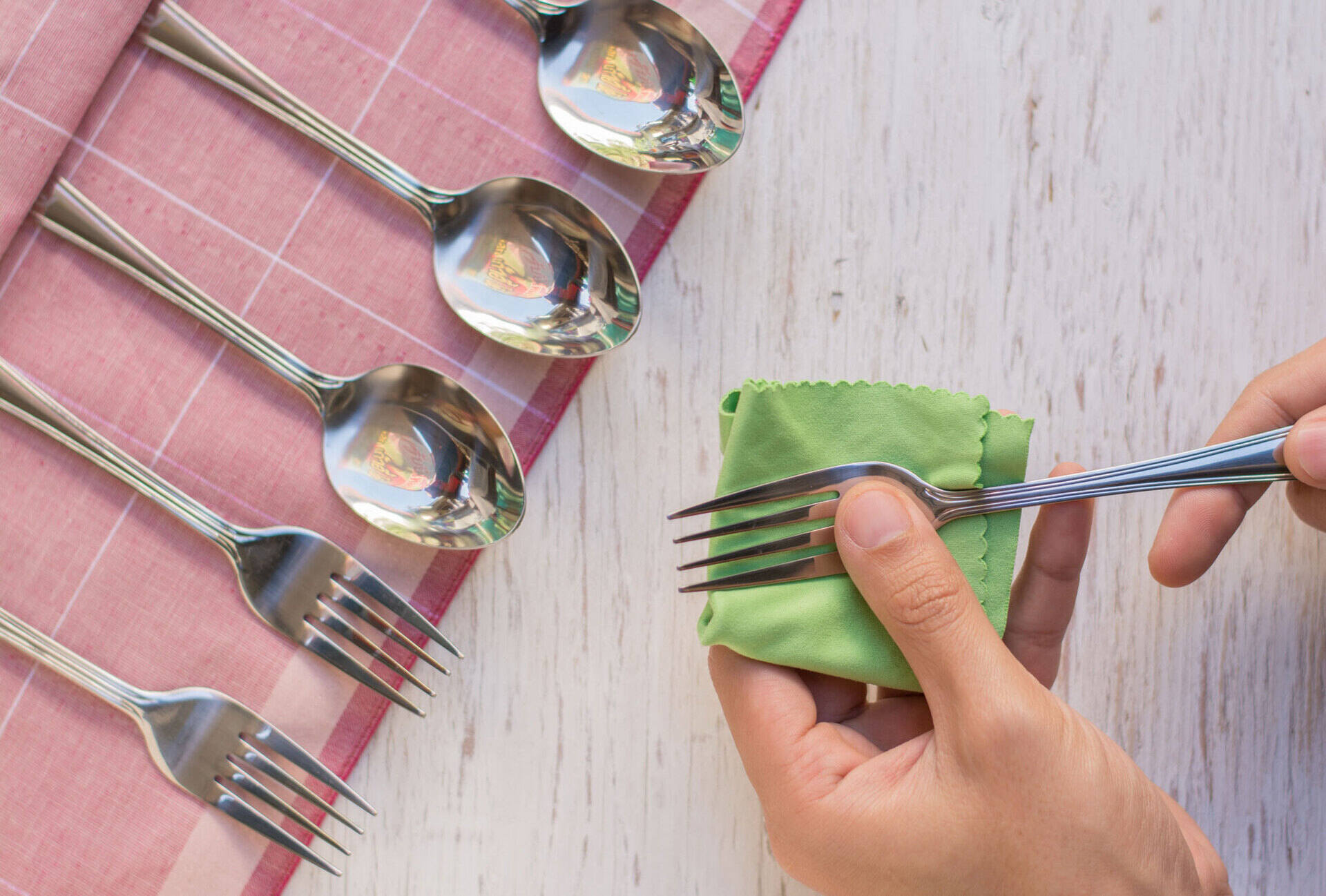
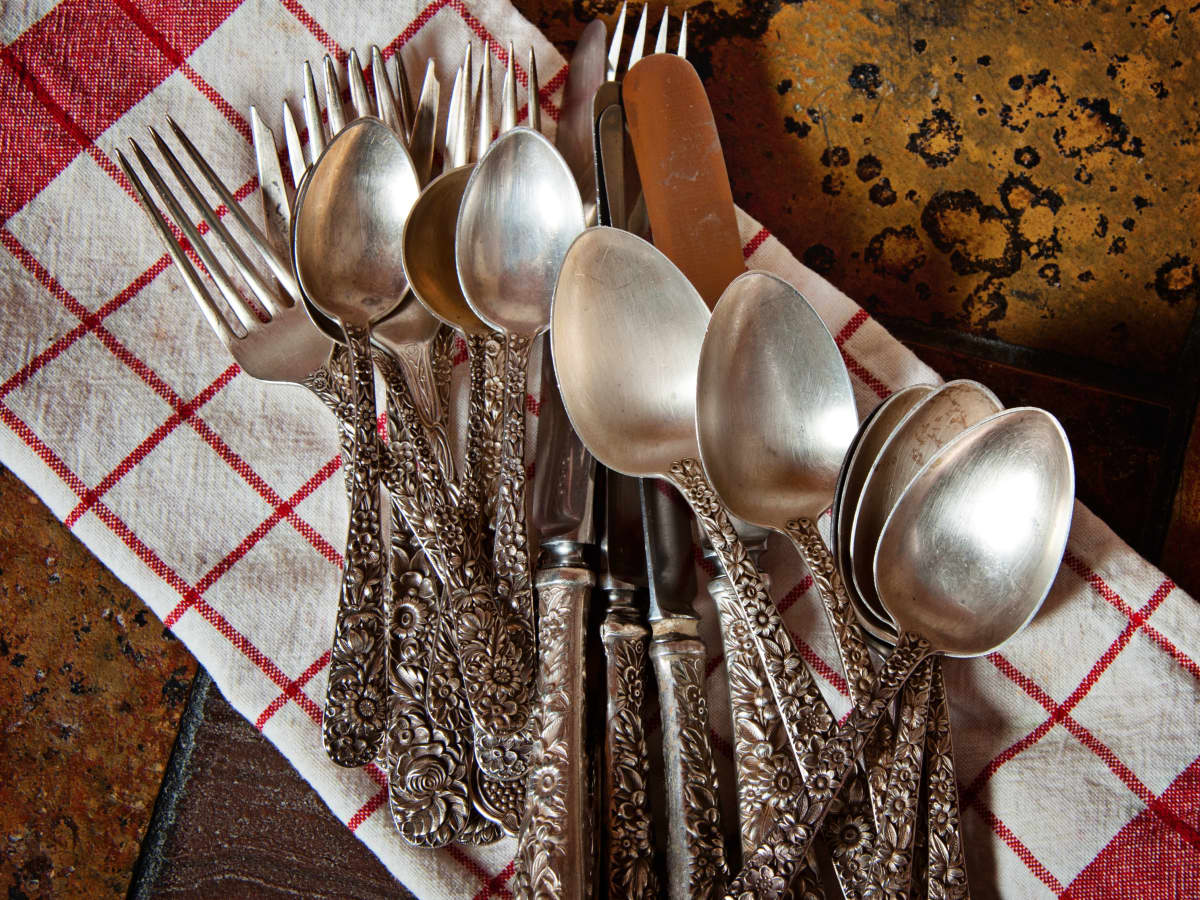
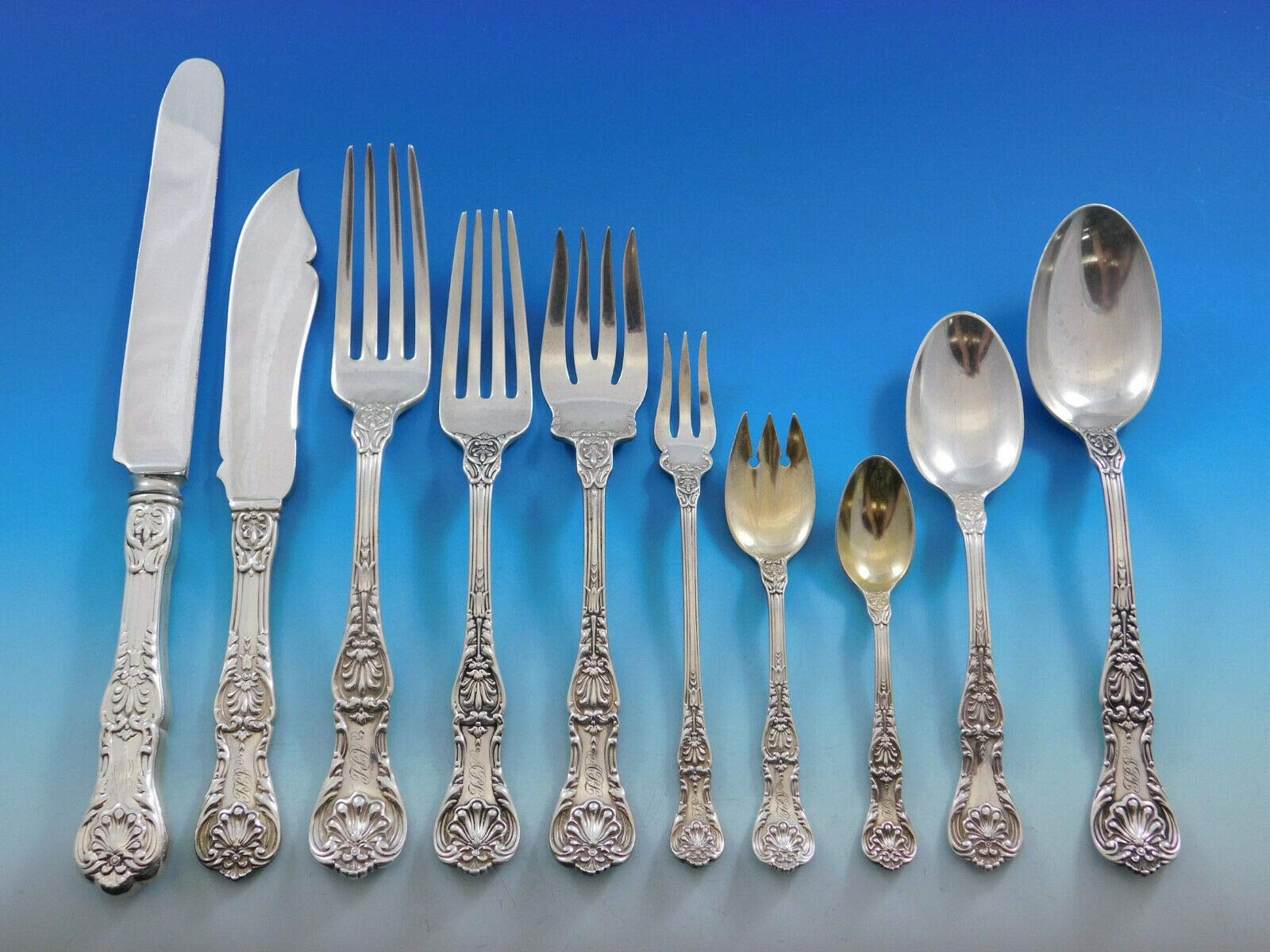
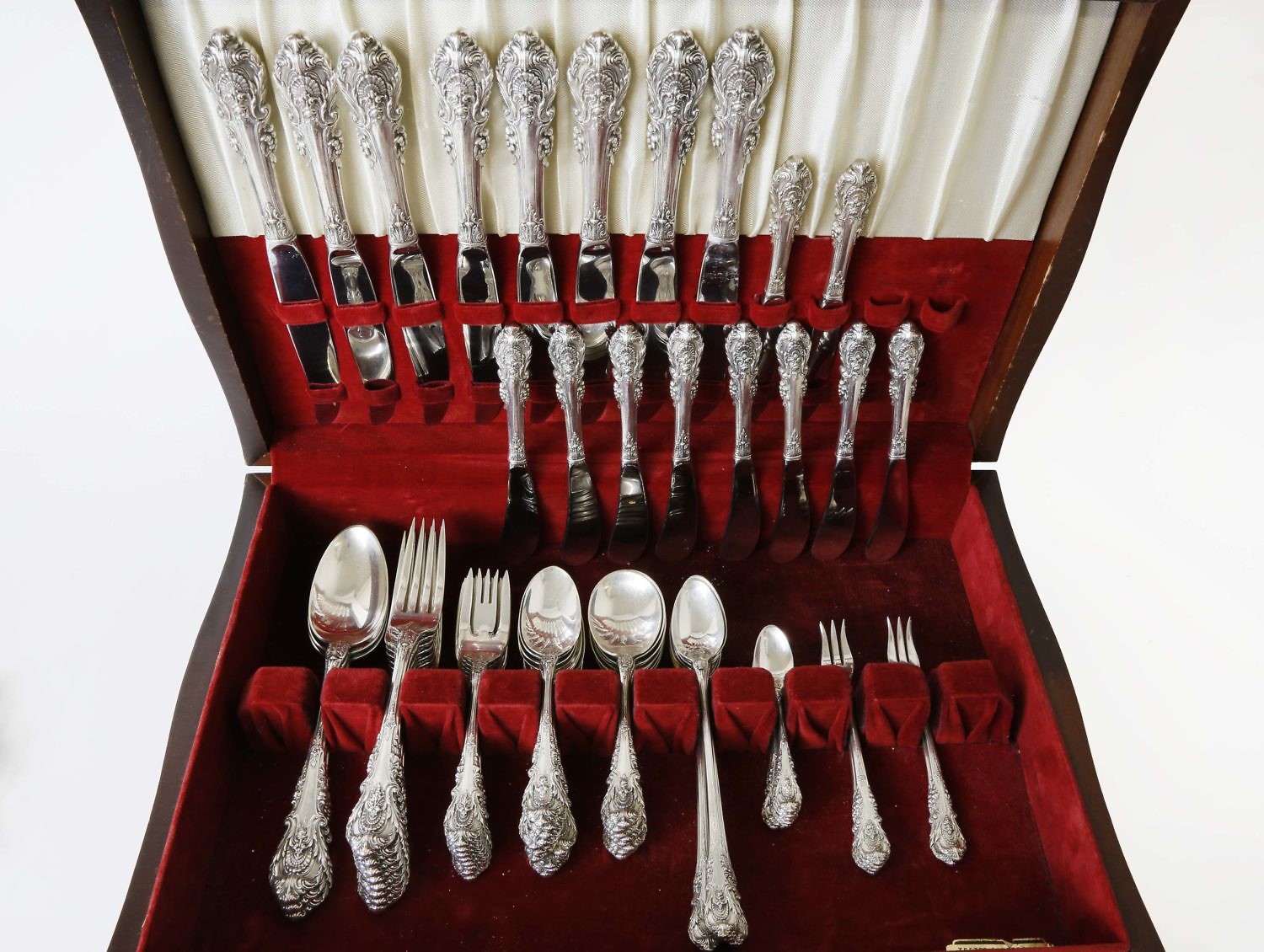
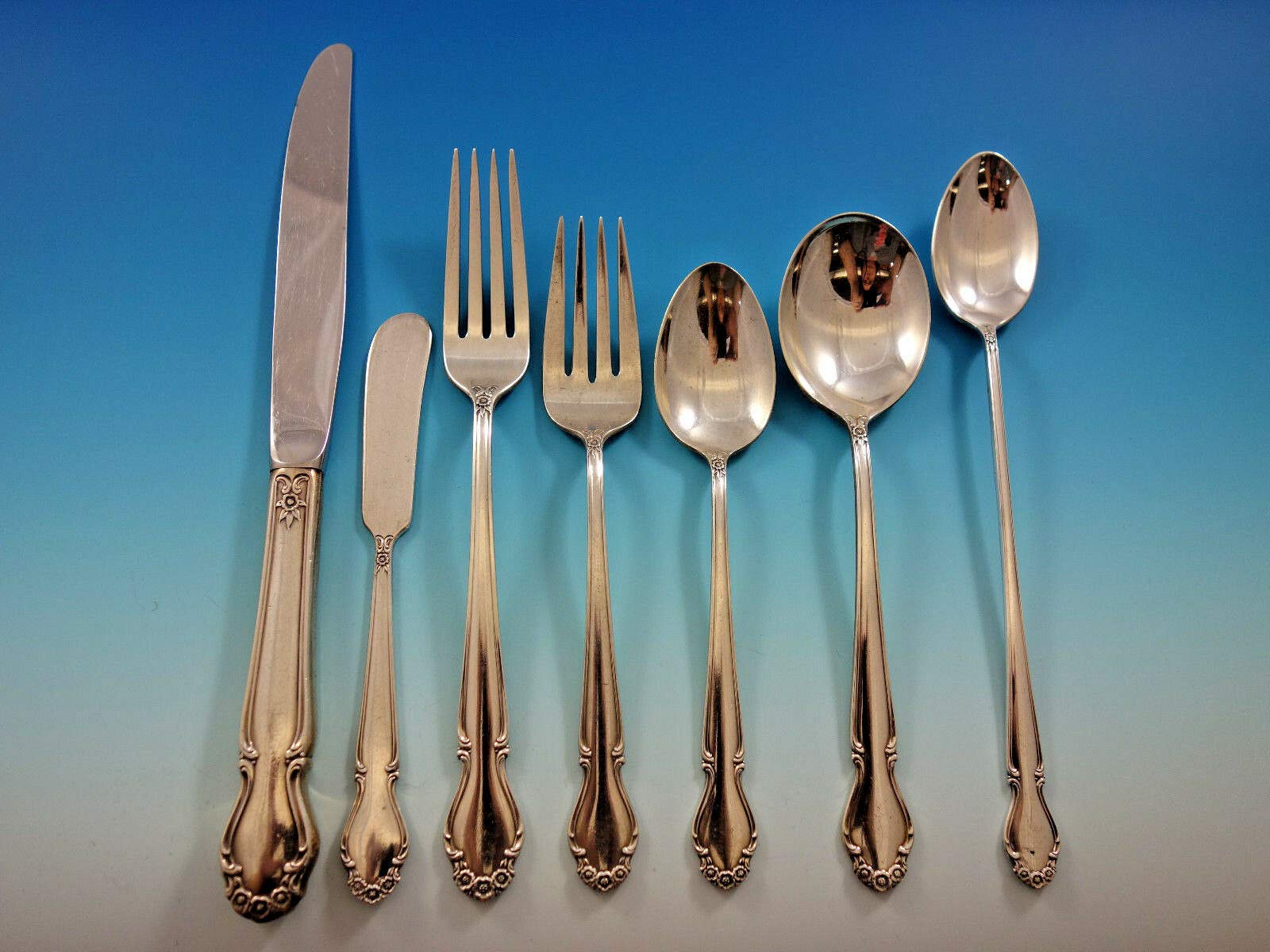
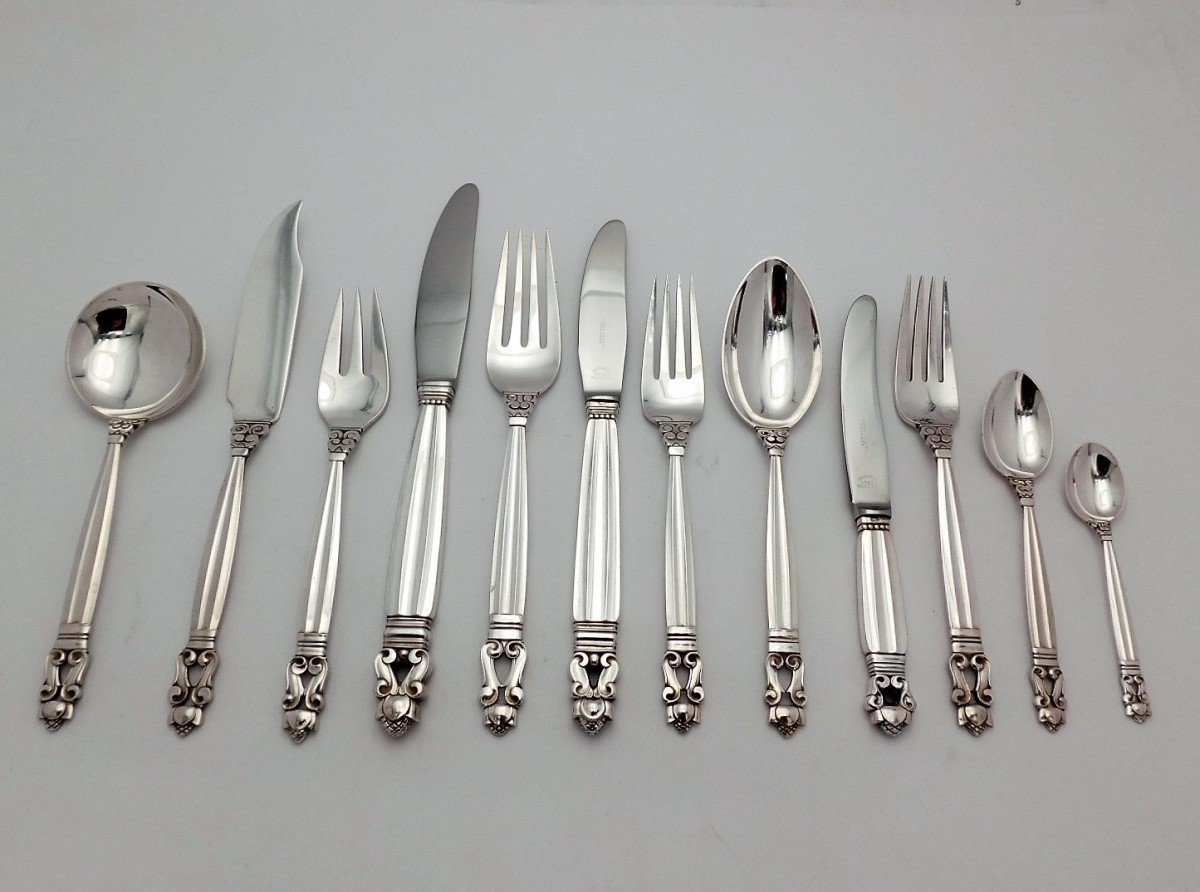
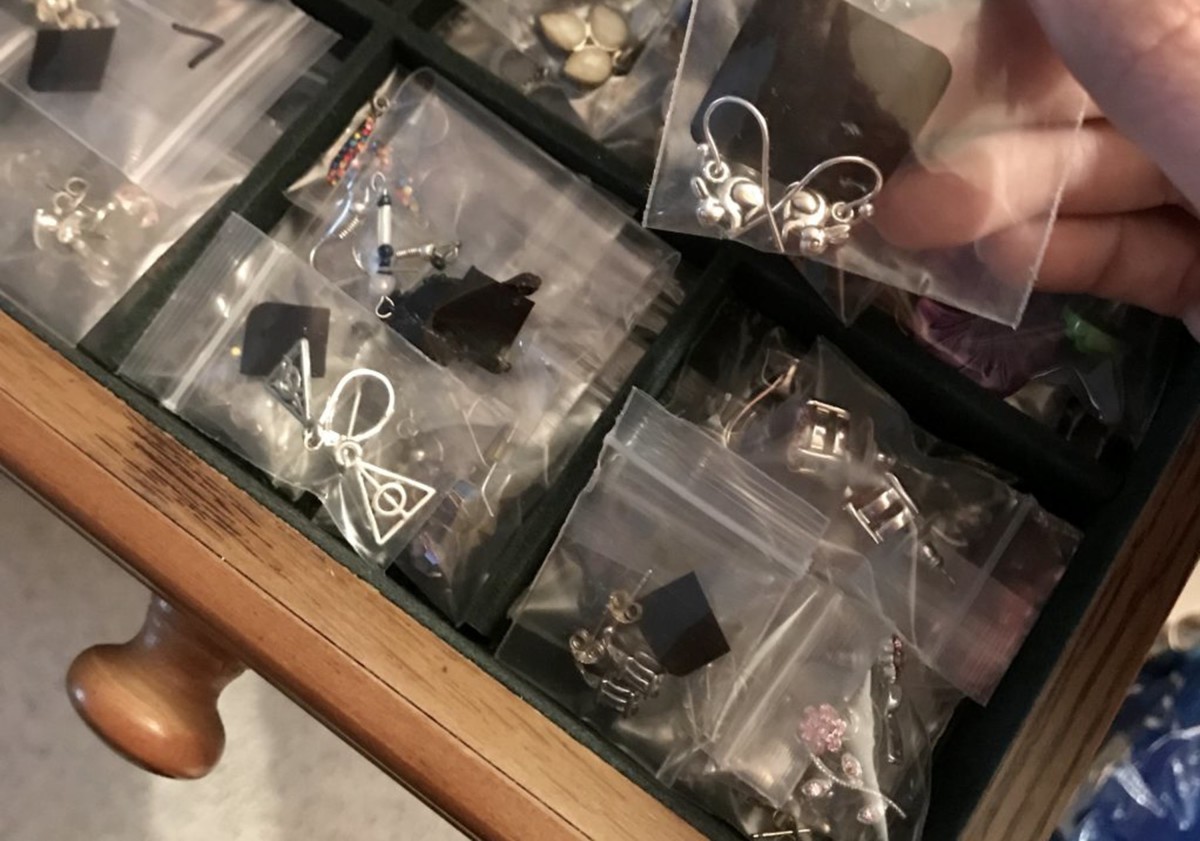
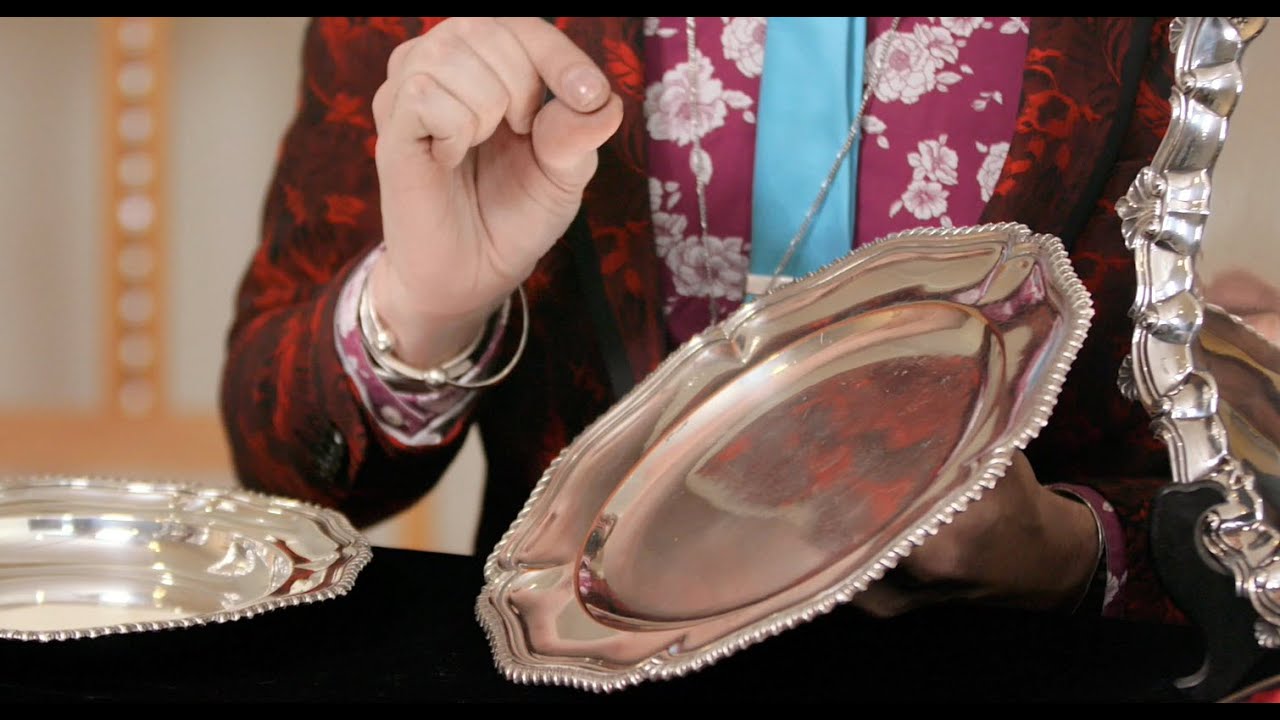
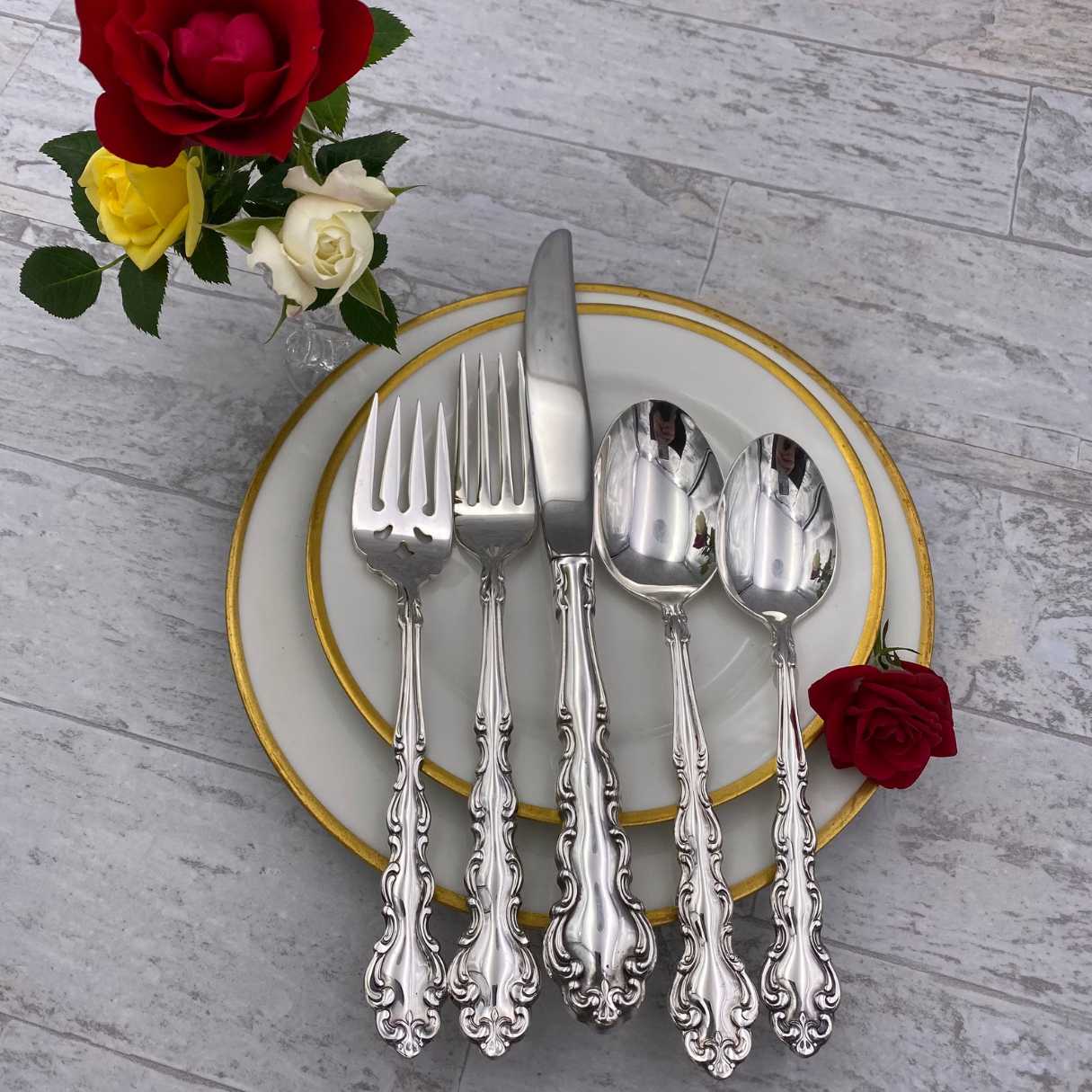
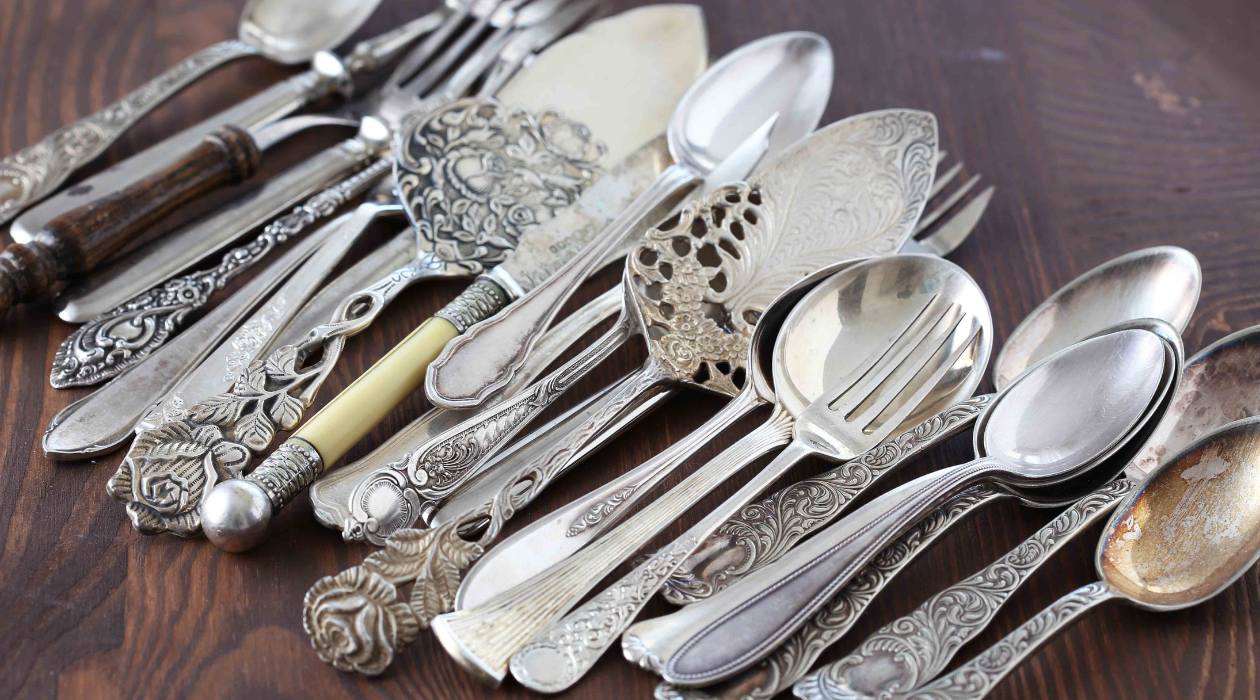
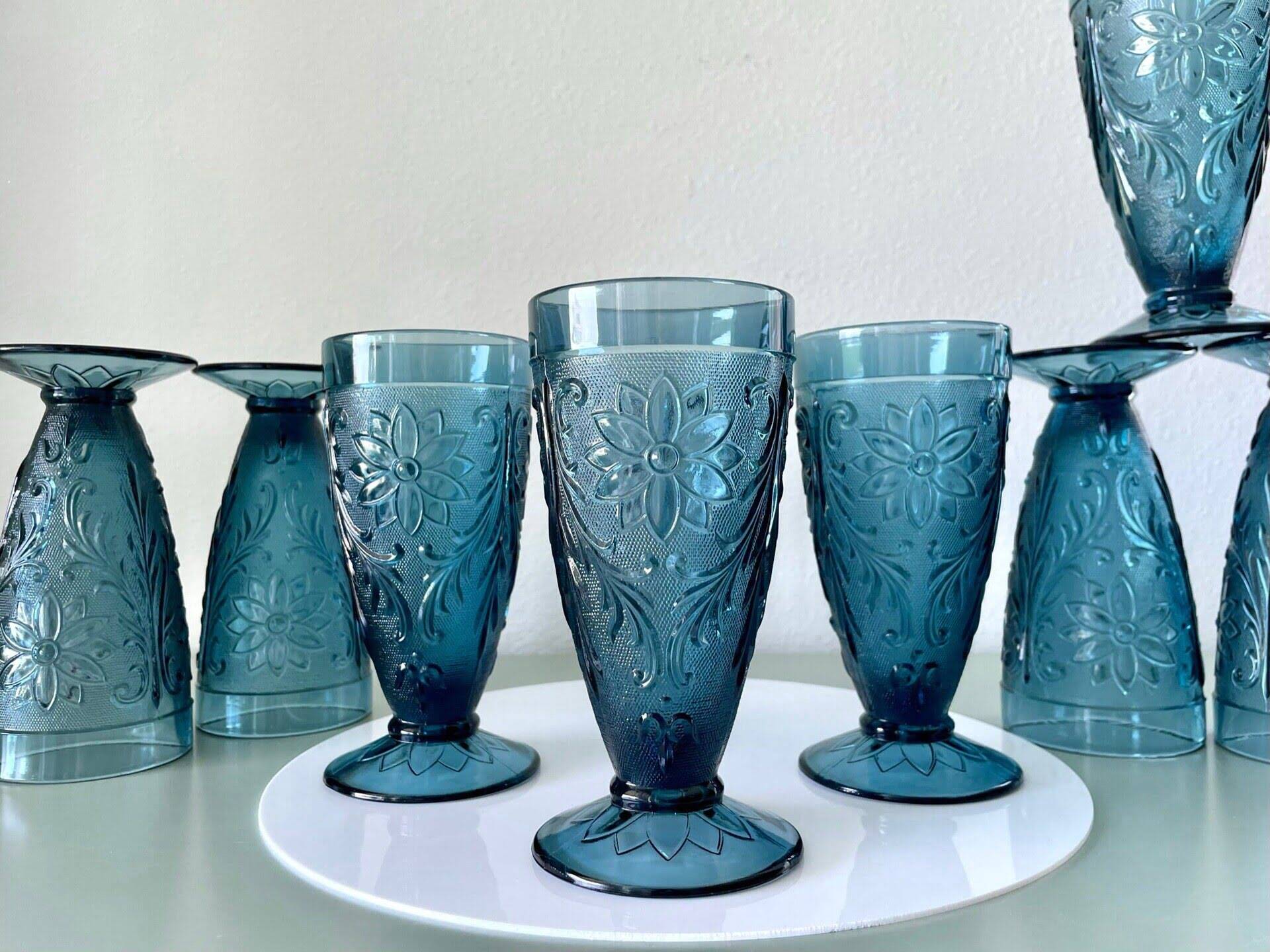
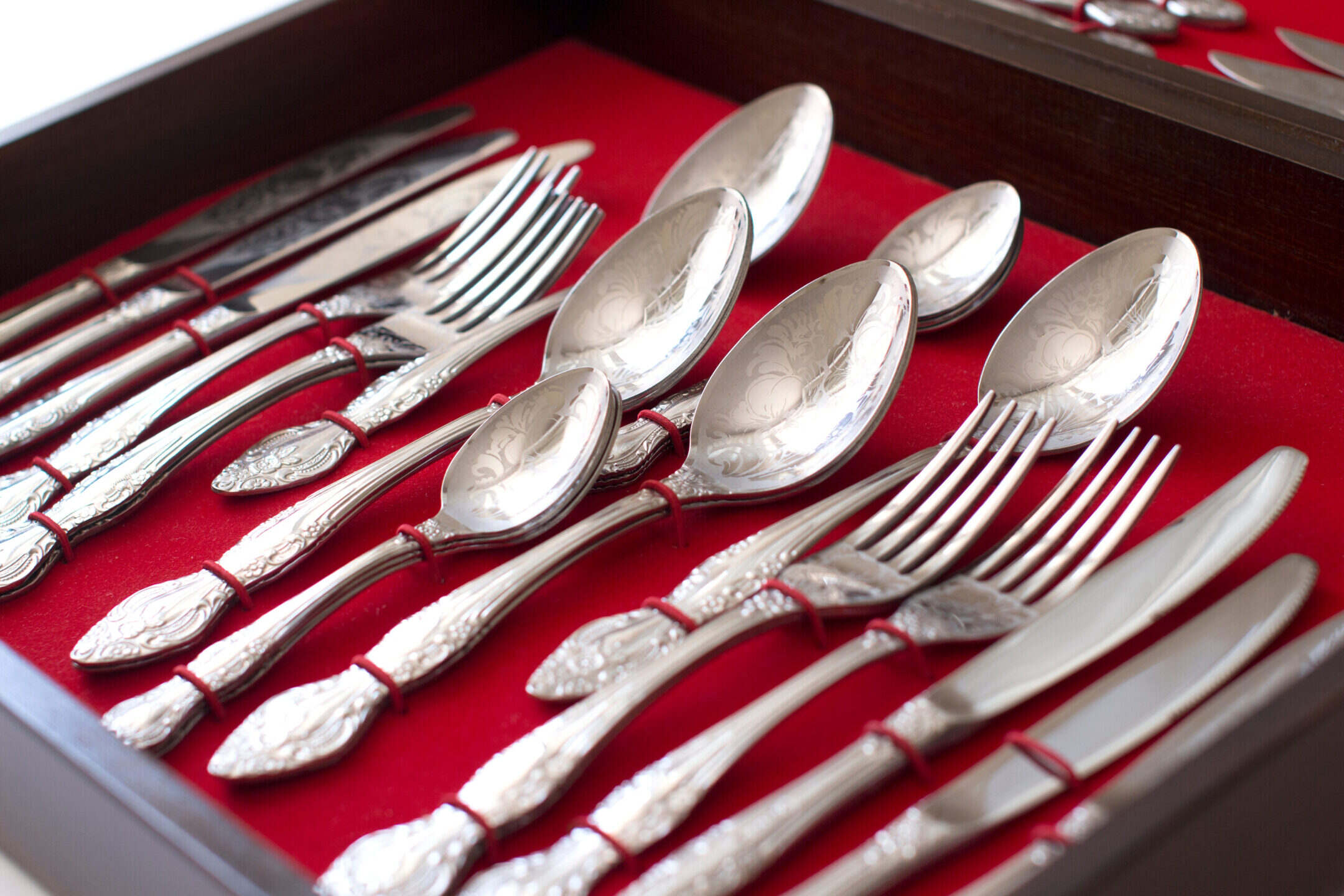
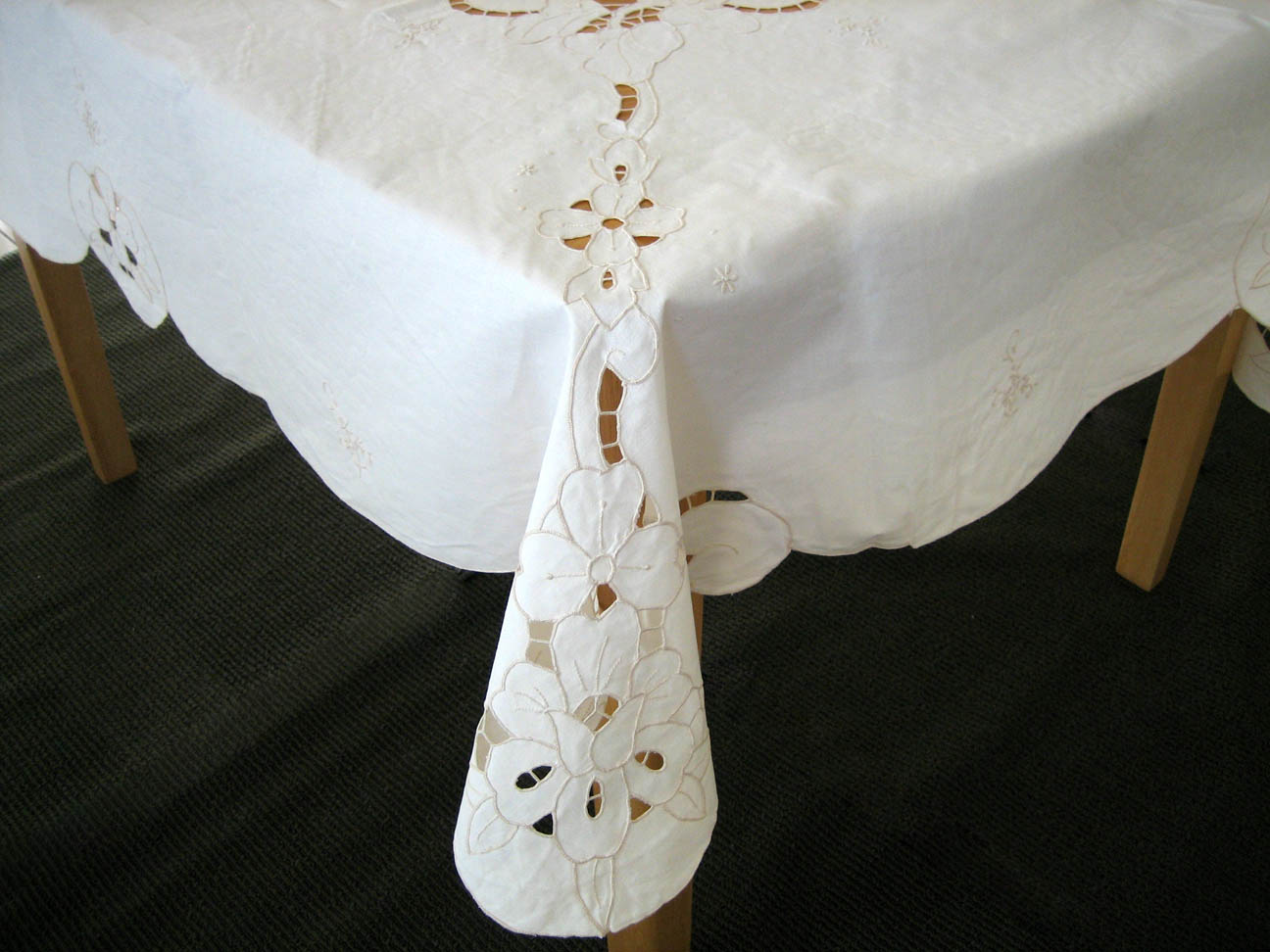
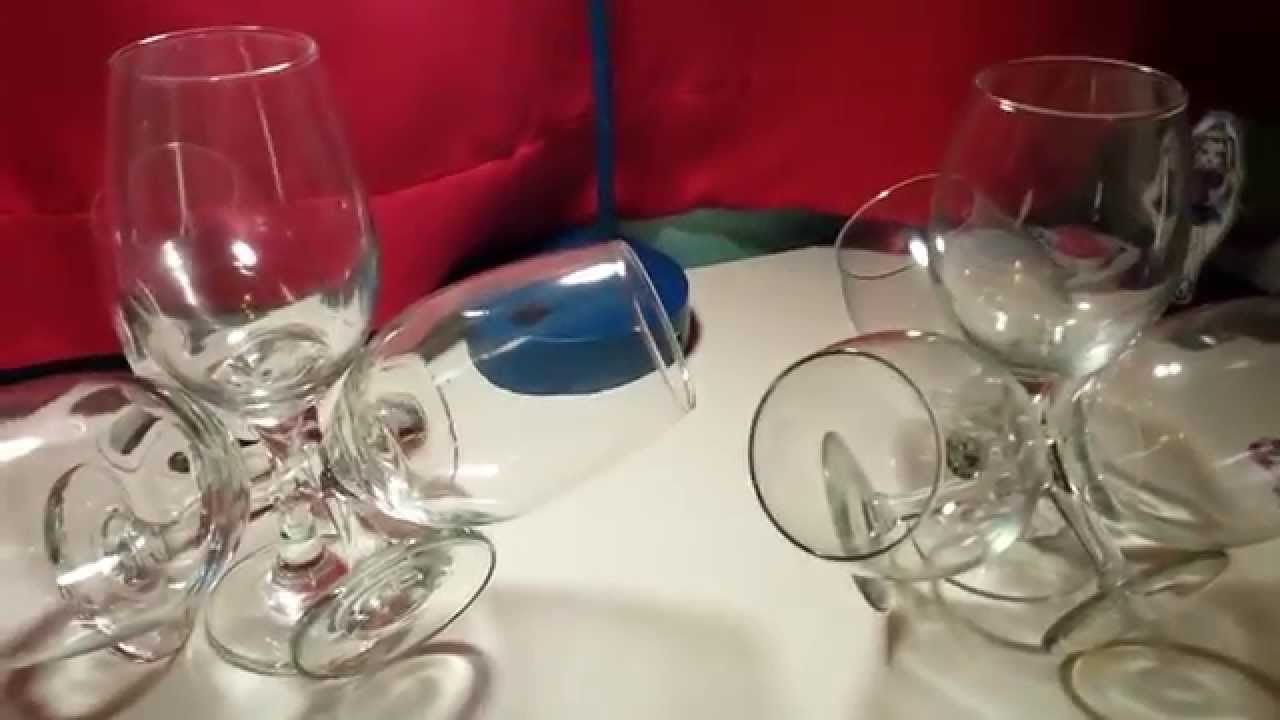

0 thoughts on “How To Determine The Authenticity Of Sterling Silver Place Settings”